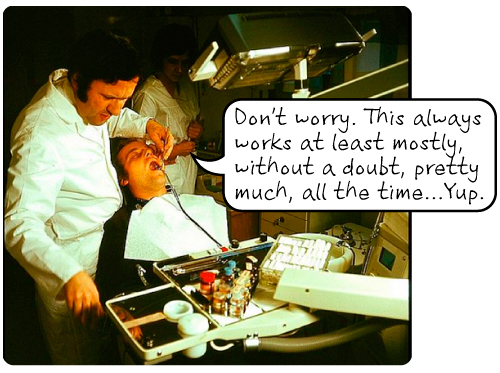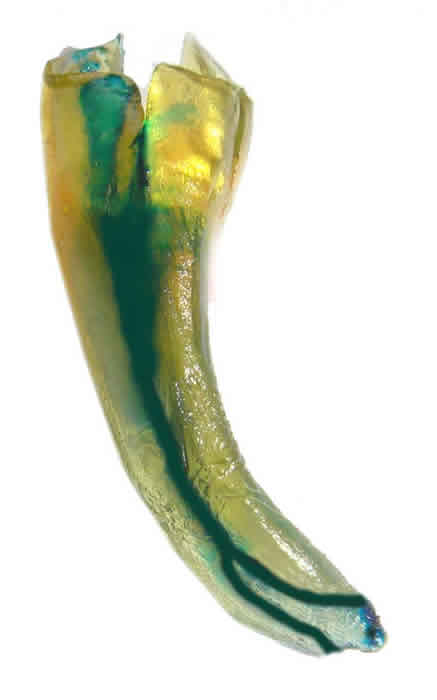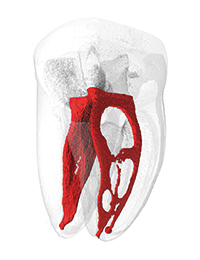You just had a root canal treatment. The dentist informed you that all the nerve has been removed and the root canal has been disinfected and filled. Crown has been done, and yet now you started to have that uneasy feeling and pain, just like it was prior to the treatment. How is this possible?
First of all, is root canal treatment a viable treatment option?
Root canal treatment has proven to be a very reliable treatment option. According to Brown et al. (2003), almost 16 million root canal procedures were performed in year 1999, with success rate between 86% and 98% (Friedman et al., 2003). With appropriate care and high standard of practice, it is possible for teeth which have been root canal treated to last a lifetime. However sometimes, a tooth that has been root treated does not heal as expected and can become painful or diseased soon after, months or even years after treatment completion. About 10% of teeth that have undergone root canal therapy may require re-treatment or root-end surgery. Even with the best of efforts, some root treatment may fail and requires extraction.
How can a root treatment fail?
As observed in literatures, there are many occasions where treatments performed at the highest level of care and expertise resulted in an undesirable outcome. Conversely there are other instances of long-term clinical success where a procedure was performed well below a scientifically acceptable standard.
There are a variety of reasons why a root canal treatment may fail:
- Missed canals Some roots may have more number of canals than usual. This may be overlooked, especially if they are tiny. Failure to discover them will lead to persistent signs and symptoms
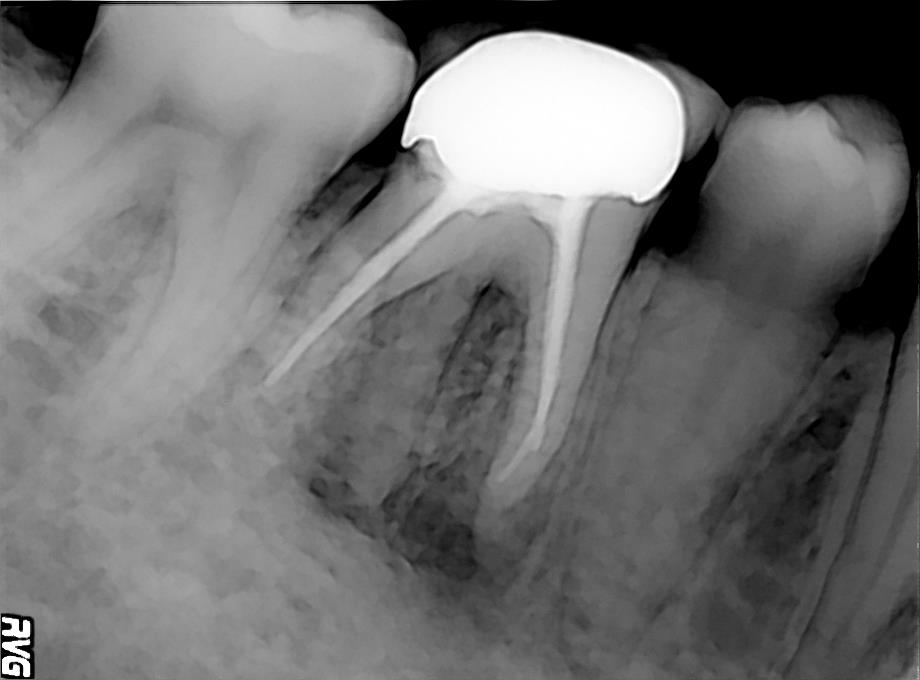 Picture courtesy from painlessrootcanal.net
Picture courtesy from painlessrootcanal.net - Branched canals The root canal system can be very complex. Root canal branches or divisions can be very minute and almost impossible to reach and cleaned. For this reason, the major root canal may be properly treated, but not the branches.
- Incomplete or ineffective cleaning Failure to completely remove the infections may happen with inadequate instrumentation in blocked root canals or use of unsuitable disinfectants
 Picture courtesy from www.aae.com
Picture courtesy from www.aae.com - Delayed placement of permanent restoration Postponement in placing a permanent restoration will result in reinfection of the root canals
- Inadequate dental restoration A defective or inadequate permanent restoration will allow recontamination of the inside of the tooth
- Cracked teeth During treatment, a dentist may be unaware that a crack is present (in many cases they can be impossible to identify), or underestimate the significance of the ones they see with naked eyes. In some instances, cracks can only be viewed clearly under high magnification. Bear in mind that a crack can occur before, during or even after a root canal treatment.
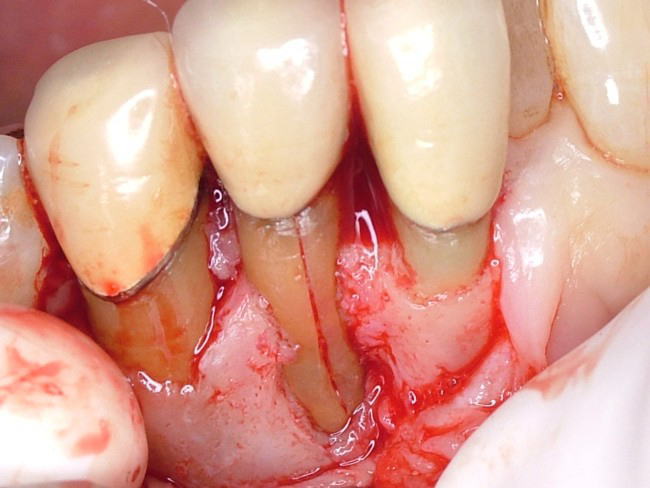 Picture courtesy from Takeuchishika.info
Picture courtesy from Takeuchishika.info - Inadequate clinical expertise – cases with anatomical complexities or procedural errors are best managed by an endodontist (expert in root canal therapy)
How can you tell that your root treated tooth has a problem?
The sign and symptoms of failed root canal treatment are often the same as those that originally indicated that the tooth needed prior treatment such as discomfort, gum swelling, deep pocketing, tooth mobility and pain on biting. In successful treatment, the tooth will be completely asymptomatic.
Can my tooth still be saved?
A thorough investigation is necessary to come up with a correct diagnosis. It is best to save your natural tooth, whenever possible. Depending on situations, there are additional procedures that may be carried out to support healing and hopefully save your tooth. However, most of the time a tooth with root fracture has a poor prognosis and extraction is inevitable.
What are the options that I have?
- Do nothing
- Extraction – this may be followed by replacement with dental implants, bridge or denture
- Nonsurgical root canal retreatment – Assuming that the tooth can be retreated, the dentist will re-open the tooth. All complex restorations (crown, post, core material) may need to be disassembled to allow access into the root canals. The tooth will be carefully examined, preferably under magnification, to look for additional or unusual canals. Any infection will be removed by shaping and disinfecting the canals, and new root canal filling materials will be placed. The opening will then be sealed with a temporary filling. Once the tooth heals, a new crown or other restoration will be placed on the tooth to protect it.
- Surgical retreatment – surgery of the root ends. It may be recommended in conjunction with nonsurgical retreatment or as an alternative.
References
- Brown L.J., Nash K.D., Johs B.A., Warren M. The economics of endodontics, Chicago, American Association of Endodontists
- Friedman S, Abitbol S., Lawrence H.P. (2003) Treatment outcome in endodontics: The Toronto Study. Phase 1: initial treatment. J Endod 29:787
| Last Reviewed | : | 28 August 2020 |
| Writer | : | Dr. Nur Laila Sofia bt.Ahmad |
| Accreditor | : | Dr. Rosenani bt. Mohd Nordin |
| Reviewer | : | Dr. Roshima bt. Mohd Sharif |


